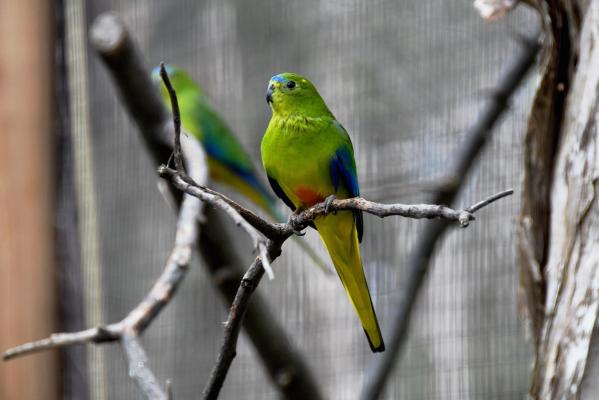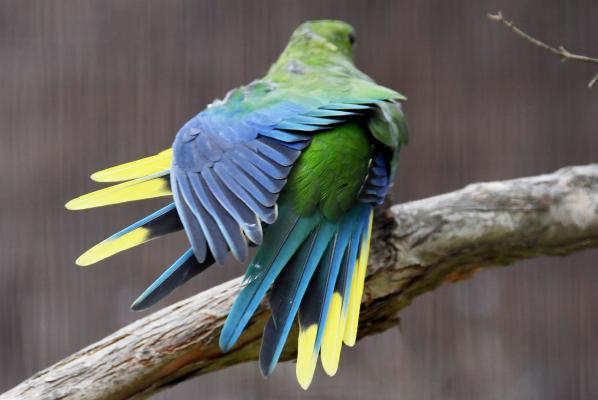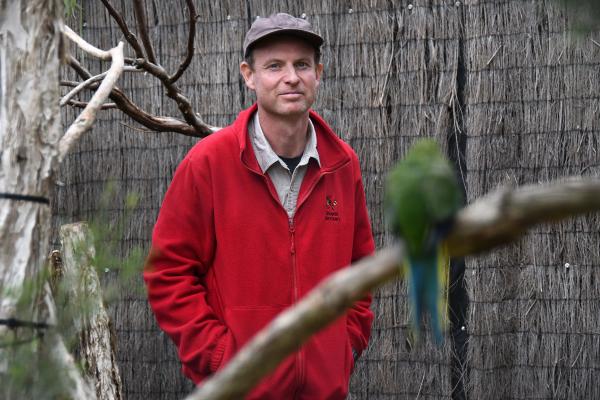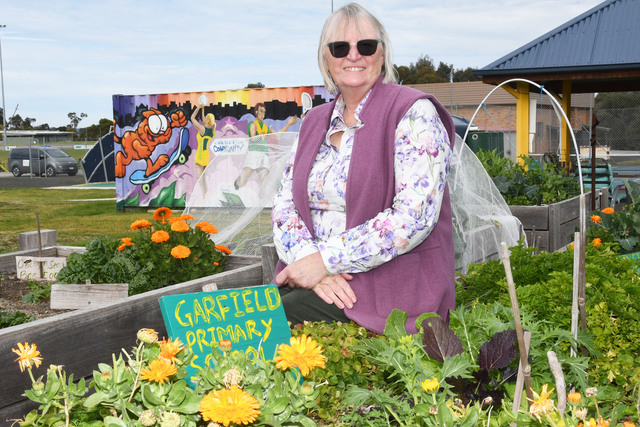A critically endangered bird is getting a helping hand from conservationists in Pearcedale.
Up to 36 orange-bellied parrots were released into the wild on Wednesday 21 April, after being bred in captivity as part of a program aimed at boosting the bird’s numbers.
The mainland release trial is a collaborative project between Zoos Victoria, the Department of Environment, Land, Water and Planning (DELWP) and Pearcedale’s Moonlit Sanctuary.
Ashley Herrod, Moonlit Sanctuary’s avian threatened species program coordinator, said the aim of the trial is to release captive-bred birds into a suitable habitat on the Australian mainland to try and attract natural migrants from Tasmania into that habitat, to increase the species’ chances of surviving the winter.
The orange-bellied parrot is one of only three species of parrot that migrate; it breeds in Tasmania in the summer, and winters along a 2000km stretch of coastline from Victoria to South Australia.
Last month’s release saw birds let out at Spit Nature Conservation Reserve near Werribee’s Western Treatment Plant, on the Bellarine Peninsula and on the northern shore of Western Port Bay.
Mr Herrod said the birds typically only breed in the remote area of Melaleuca in Tasmania, however this year for the first time in a decade they were found to be breeding in a nearby site, in a sign of a possible natural range expansion.
That’s good news for the birds – at one stage, there were less than 20 left in the wild.
The breeding program has been running for four years, during which around 80 captive-bred birds have been released.
In every year so far, the released birds have been joined by wild birds, creating the largest flocks of orange-bellied parrots seen in Victoria in more than 10 years.
The captive-bred birds are released on the mainland in a “good quality site”, Mr Herrod said, just before the naturally-migrating birds are expected to arrive.
The released birds should then attract the wild birds to that site.
It’s estimated that just under 200 birds left the breeding grounds in Tasmania this year to come to the mainland, in a testament to the success of the conservation program.
In spring 2020, for the first time in over a decade, more than 50 orange-bellied parrots returned to the breeding site in Tasmania to begin the breeding season.
Moonlit Sanctuary has been breeding the birds since 2016 and is one of five zoos to do so.
Releases occur three times a year from the captive population, including a springtime release in Tasmania at the breeding grounds to boost the number of birds available to breed and balance the gender ratio of the birds that return naturally.
Mr Herrod said he still gets nervous leading up to each release.
“It’s a relief when we finally release the birds. It’s so satisfying seeing them out in the wild.
‘That’s why we do the conservation – we want the birds out in the wild.
“Seeing them settle into their salt marsh habitat and seeing them behave like wild orange-bellied parrots is fantastic.”
The species faces threats from many different places, including feral predators like foxes and cats and possibly a decline in the quality of their habitat. In a smaller population, genetic diversity also declines.
Anyone living near the habitat of the orange-bellied parrot can join in winter surveys of its population, and those with cats should keep them indoors.









